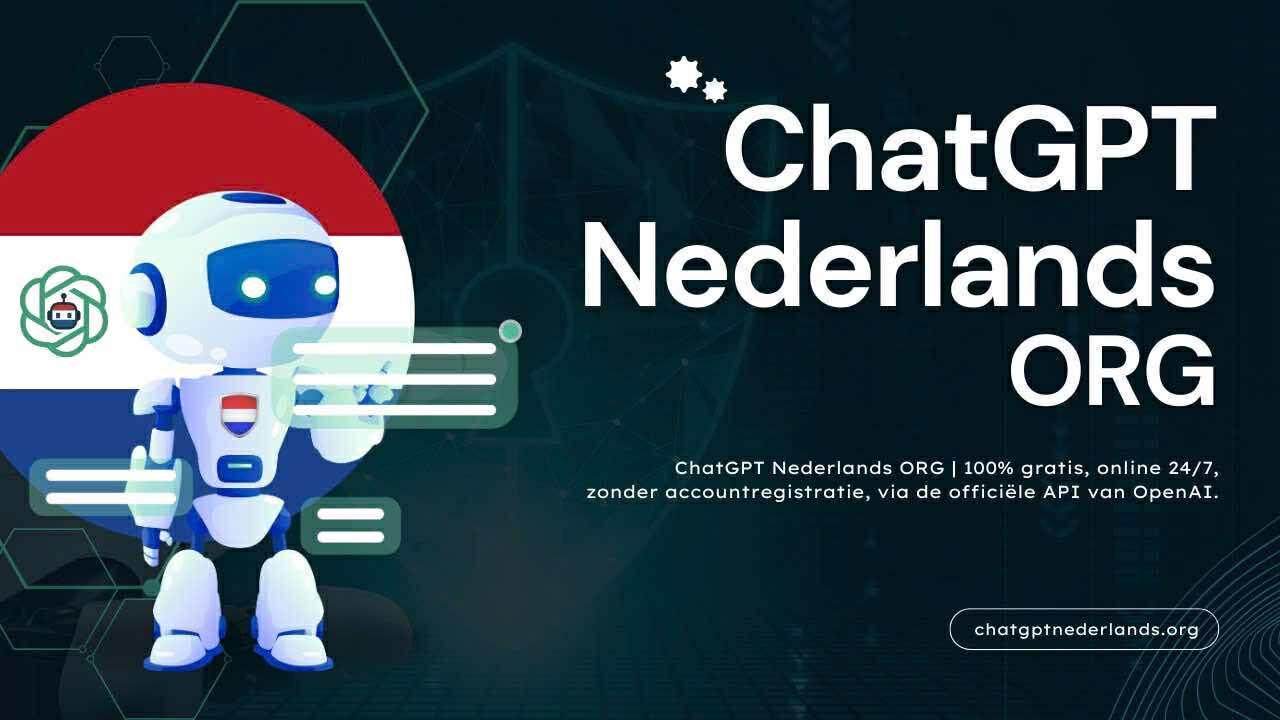Global Multimodal AI Market: Growth, Trends, and Forecasts for 2024-2034
The Global Multimodal AI Market is witnessing explosive growth, driven by advancements in artificial intelligence (AI) technologies and the increasing demand for systems capable of processing and interpreting diverse data types.
The Multimodal AI market is projected to grow at a compound annual growth rate (CAGR) of 35.8% from 2024 to 2034, reaching an estimated value of USD 8,976.43 million by 2034. In 2024, the market size is expected to be USD 1,442.69 million, signaling a promising future for this cutting-edge technology. In this blog, we will explore the key components, data modalities, industry applications, and regional trends that are shaping the growth of the Multimodal AI market.
Request Sample PDF Copy :
https://wemarketresearch.com/reports/request-free-sample-pdf/multimodal-ai-market/1573
Key Components of the Multimodal AI Market
Software: The software segment of the multimodal AI market includes tools, platforms, and applications that enable the integration of different data types and processing techniques. This software can handle complex tasks like natural language processing (NLP), image recognition, and speech synthesis. As AI software continues to evolve, it is becoming more accessible to organizations across various industries.
Services: The services segment encompasses consulting, system integration, and maintenance services. These services help businesses deploy and optimize multimodal AI solutions. As organizations seek to leverage AI capabilities for competitive advantage, the demand for expert services in AI implementation and support is growing rapidly.
Multimodal AI Market by Data Modality
Image Data: The ability to process and understand image data is critical for sectors such as healthcare (medical imaging), retail (visual search), and automotive (autonomous vehicles). The integration of image data into multimodal AI systems is expected to drive significant market growth in the coming years.
Text Data: Text data is one of the most common data types used in AI systems, especially in applications involving natural language processing (NLP). Multimodal AI systems that combine text data with other modalities, such as speech or image data, are enabling advanced search engines, chatbots, and automated content generation tools.
Speech & Voice Data: The ability to process speech and voice data is a critical component of many AI applications, including virtual assistants, customer service bots, and voice-controlled devices. Multimodal AI systems that combine voice recognition with other modalities can create more accurate and interactive experiences.
Multimodal AI Market by Enterprise Size
Large Enterprises: Large enterprises are increasingly adopting multimodal AI technologies to streamline operations, improve customer interactions, and enhance decision-making. These companies often have the resources to invest in advanced AI systems and are well-positioned to leverage the benefits of integrating multiple data types into their processes.
Small and Medium Enterprises (SMEs): SMEs are gradually adopting multimodal AI as well, driven by the affordability of AI tools and the increasing availability of AI-as-a-service platforms. SMEs are using AI to enhance their customer service, optimize marketing strategies, and gain insights from diverse data sources without the need for extensive infrastructure.
Key Applications of Multimodal AI
Media & Entertainment: In the media and entertainment industry, multimodal AI is revolutionizing content creation, recommendation engines, and personalized marketing. AI systems that can process text, images, and video simultaneously allow for better content discovery, while AI-driven video editing tools are streamlining production processes.
Banking, Financial Services, and Insurance (BFSI): The BFSI sector is increasingly utilizing multimodal AI to improve customer service, detect fraud, and streamline operations. AI-powered chatbots, fraud detection systems, and risk management tools that combine speech, text, and image data are becoming integral to financial institutions’ strategies.
Automotive & Transportation: Autonomous vehicles are perhaps the most high-profile application of multimodal AI. These vehicles combine data from cameras, sensors, radar, and voice commands to make real-time driving decisions. Multimodal AI systems are also improving logistics and fleet management by optimizing routes and analyzing traffic patterns.
Gaming: The gaming industry is benefiting from multimodal AI in areas like player behavior prediction, personalized content recommendations, and interactive experiences. AI systems are enhancing immersive gameplay by combining visual, auditory, and textual data to create more realistic and engaging environments.
Regional Insights
North America: North America is a dominant player in the multimodal AI market, particularly in the U.S., which leads in AI research and innovation. The demand for multimodal AI is growing across industries such as healthcare, automotive, and IT, with major companies and startups investing heavily in AI technologies.
Europe: Europe is also seeing significant growth in the adoption of multimodal AI, driven by its strong automotive, healthcare, and financial sectors. The region is focused on ethical AI development and regulations, which is shaping how AI technologies are deployed.
Asia-Pacific: Asia-Pacific is expected to experience the highest growth rate in the multimodal AI market, fueled by rapid technological advancements in countries like China, Japan, and South Korea. The region’s strong focus on AI research and development, coupled with growing demand from industries such as automotive and gaming, is propelling market expansion.
Key Drivers of the Multimodal AI Market
Technological Advancements: Ongoing innovations in AI algorithms and hardware are enabling more efficient processing of multimodal data, driving the adoption of multimodal AI solutions across various sectors.
Demand for Automation: Companies are increasingly looking to automate processes, enhance customer experiences, and gain insights from diverse data sources, fueling demand for multimodal AI technologies.
Personalization and Customer Experience: Multimodal AI is enabling highly personalized experiences, particularly in media, healthcare, and retail. By analyzing multiple types of data, businesses can tailor products and services to individual preferences.
Conclusion
The Global Multimodal AI Market is set for Tremendous growth in the coming decade, with applications spanning industries like healthcare, automotive, entertainment, and finance. As AI technology continues to evolve, multimodal AI systems will become increasingly vital for businesses aiming to harness the full potential of data and automation. With a projected CAGR of 35.8%, the market will see a sharp rise in adoption, driven by advancements in AI software and services, as well as the growing demand for smarter, more efficient solutions across various sectors.
Global Multimodal AI Market: Growth, Trends, and Forecasts for 2024-2034
The Global Multimodal AI Market is witnessing explosive growth, driven by advancements in artificial intelligence (AI) technologies and the increasing demand for systems capable of processing and interpreting diverse data types.
The Multimodal AI market is projected to grow at a compound annual growth rate (CAGR) of 35.8% from 2024 to 2034, reaching an estimated value of USD 8,976.43 million by 2034. In 2024, the market size is expected to be USD 1,442.69 million, signaling a promising future for this cutting-edge technology. In this blog, we will explore the key components, data modalities, industry applications, and regional trends that are shaping the growth of the Multimodal AI market.
Request Sample PDF Copy :https://wemarketresearch.com/reports/request-free-sample-pdf/multimodal-ai-market/1573
Key Components of the Multimodal AI Market
Software: The software segment of the multimodal AI market includes tools, platforms, and applications that enable the integration of different data types and processing techniques. This software can handle complex tasks like natural language processing (NLP), image recognition, and speech synthesis. As AI software continues to evolve, it is becoming more accessible to organizations across various industries.
Services: The services segment encompasses consulting, system integration, and maintenance services. These services help businesses deploy and optimize multimodal AI solutions. As organizations seek to leverage AI capabilities for competitive advantage, the demand for expert services in AI implementation and support is growing rapidly.
Multimodal AI Market by Data Modality
Image Data: The ability to process and understand image data is critical for sectors such as healthcare (medical imaging), retail (visual search), and automotive (autonomous vehicles). The integration of image data into multimodal AI systems is expected to drive significant market growth in the coming years.
Text Data: Text data is one of the most common data types used in AI systems, especially in applications involving natural language processing (NLP). Multimodal AI systems that combine text data with other modalities, such as speech or image data, are enabling advanced search engines, chatbots, and automated content generation tools.
Speech & Voice Data: The ability to process speech and voice data is a critical component of many AI applications, including virtual assistants, customer service bots, and voice-controlled devices. Multimodal AI systems that combine voice recognition with other modalities can create more accurate and interactive experiences.
Multimodal AI Market by Enterprise Size
Large Enterprises: Large enterprises are increasingly adopting multimodal AI technologies to streamline operations, improve customer interactions, and enhance decision-making. These companies often have the resources to invest in advanced AI systems and are well-positioned to leverage the benefits of integrating multiple data types into their processes.
Small and Medium Enterprises (SMEs): SMEs are gradually adopting multimodal AI as well, driven by the affordability of AI tools and the increasing availability of AI-as-a-service platforms. SMEs are using AI to enhance their customer service, optimize marketing strategies, and gain insights from diverse data sources without the need for extensive infrastructure.
Key Applications of Multimodal AI
Media & Entertainment: In the media and entertainment industry, multimodal AI is revolutionizing content creation, recommendation engines, and personalized marketing. AI systems that can process text, images, and video simultaneously allow for better content discovery, while AI-driven video editing tools are streamlining production processes.
Banking, Financial Services, and Insurance (BFSI): The BFSI sector is increasingly utilizing multimodal AI to improve customer service, detect fraud, and streamline operations. AI-powered chatbots, fraud detection systems, and risk management tools that combine speech, text, and image data are becoming integral to financial institutions’ strategies.
Automotive & Transportation: Autonomous vehicles are perhaps the most high-profile application of multimodal AI. These vehicles combine data from cameras, sensors, radar, and voice commands to make real-time driving decisions. Multimodal AI systems are also improving logistics and fleet management by optimizing routes and analyzing traffic patterns.
Gaming: The gaming industry is benefiting from multimodal AI in areas like player behavior prediction, personalized content recommendations, and interactive experiences. AI systems are enhancing immersive gameplay by combining visual, auditory, and textual data to create more realistic and engaging environments.
Regional Insights
North America: North America is a dominant player in the multimodal AI market, particularly in the U.S., which leads in AI research and innovation. The demand for multimodal AI is growing across industries such as healthcare, automotive, and IT, with major companies and startups investing heavily in AI technologies.
Europe: Europe is also seeing significant growth in the adoption of multimodal AI, driven by its strong automotive, healthcare, and financial sectors. The region is focused on ethical AI development and regulations, which is shaping how AI technologies are deployed.
Asia-Pacific: Asia-Pacific is expected to experience the highest growth rate in the multimodal AI market, fueled by rapid technological advancements in countries like China, Japan, and South Korea. The region’s strong focus on AI research and development, coupled with growing demand from industries such as automotive and gaming, is propelling market expansion.
Key Drivers of the Multimodal AI Market
Technological Advancements: Ongoing innovations in AI algorithms and hardware are enabling more efficient processing of multimodal data, driving the adoption of multimodal AI solutions across various sectors.
Demand for Automation: Companies are increasingly looking to automate processes, enhance customer experiences, and gain insights from diverse data sources, fueling demand for multimodal AI technologies.
Personalization and Customer Experience: Multimodal AI is enabling highly personalized experiences, particularly in media, healthcare, and retail. By analyzing multiple types of data, businesses can tailor products and services to individual preferences.
Conclusion
The Global Multimodal AI Market is set for Tremendous growth in the coming decade, with applications spanning industries like healthcare, automotive, entertainment, and finance. As AI technology continues to evolve, multimodal AI systems will become increasingly vital for businesses aiming to harness the full potential of data and automation. With a projected CAGR of 35.8%, the market will see a sharp rise in adoption, driven by advancements in AI software and services, as well as the growing demand for smarter, more efficient solutions across various sectors.


